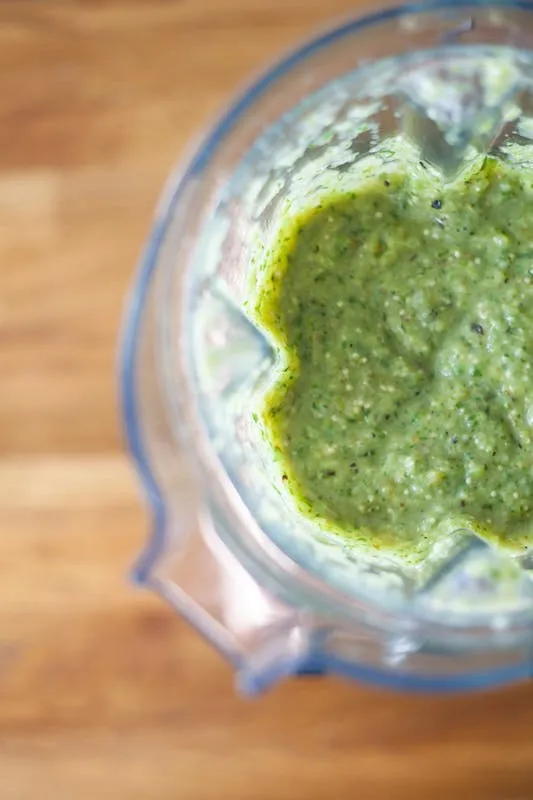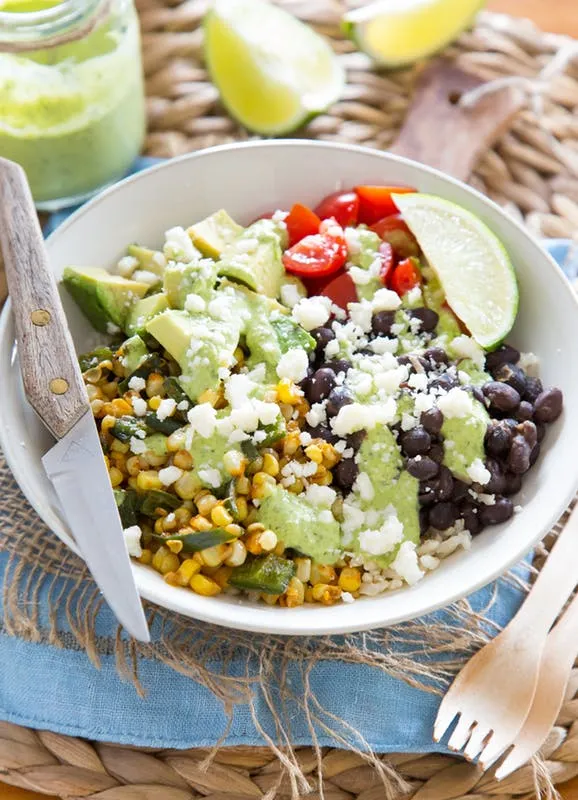
Restaurant menus can reveal a lot about a country's cuisine, but there's a more authentic place to find the true building blocks of local food: in home kitchens. We turned to three passionate Mexico City eaters and peeked inside their cupboards to find out which ingredients they have on hand at all times. Here's what they had to say.
1. Vanilla
Yes, we know — you have vanilla in your pantry, too, but we're we're talking about the good Mexican stuff. "It has to be high quality, preferably from Paplanta in Veracruz," says Anais Martinez, aka The Curious Mexican. She adds it to morning smoothies, French toast, and most desserts.

2. Brown Sugar
The brown sugar you find in the states is white sugar with molasses. Piloncillo, on the other hand, is real-deal unrefined brown sugar that's sold pressed into blocks or cones. According to Mexico City native Karen Drijanksi, it's the most natural way to sweeten either sweet or savory dishes. "I never get tired of coming up with ways to use it; the best thing to do is simply to experiment with it," she says.
3. Corn Tortillas
Tortillas are the bread of Mexico and you won't find many home kitchens that don't have some on hand. There are some qualifications, however. First, says Karen, they must be "bought fresh from either the market or a tortillería, where they are handmade from freshly ground masa." Second, they must be corn, not flour. "The base of our diet is corn," explains David Santa Cruz, a Mexico City-based journalist and the blogger behind La Banquetera. (An exception to the rule: In northern Mexico, tortillas are made with wheat.)

4. Salsa Verde
Is there anything that isn't better with salsa on top? The answer for Karen is no, at least when it comes to salsa verde: "It never fails. I use it on chilaquiles, molletes (loaded open-faced sandwiches), quesadillas, and all types of eggs."
Your best bet is to make your own salsa verde — it's a simple blend of tomatillos, garlic, pepper, onions, and cilantro — but you can also find jarred versions.
5. Salsa Macha
Anais' salsa of choice is salsa macha, a mixture of dried chiles, oil, nuts, and seeds: "A jar of salsa macha is something that definitively must be present in my daily life. I eat it with absolutely everything, from scrambled eggs and quesadillas, to stir-fries and pastas."
6. Oaxacan Cheese
Most Mexican home cooks will keep some kind of cheese in the fridge; for David that cheese is Oaxacan cheese, or quesillo. Similar to mozzarella in flavor and texture, this is what's used to make ooey-gooey quesadillas. David loves it for two main reasons: "It pulls apart into fine threads, and it melts really well when heated."
7. Cotija Cheese
Another dairy drawer regular? Cotija cheese, a slightly salty cheese that's kind of like Mexican parmesan. "I crumble it over all kinds of salads, or even just on lightly salted vegetables," says Anais.
8. Pasilla Chiles
You'll definitely find fresh green chiles — jalapeños, serranos, and poblanos — in Mexican kitchens, but you'll also find plenty of other chiles, including the pasilla chile or chile negra. "I love this dark, narrow dried chile for its rich flavor, which is sweet and smoky at the same time," says Karen. "I use it often in stews, soups, salsas and marinades, and I always have to have it in my cupboard."

9. Chia Seeds
Long before they were elevated to superfood status, chia seeds were a staple of the Mexican diet. "Whether it be in a juice, pudding, or vinaigrette, I eat chia almost daily," Anais says. Her favorite way to enjoy chia? Agua de limón, or Mexican lemonade.
- Related: 5 Ways to Eat Chia Seeds for Breakfast
10. Amaranth
Another ancient Mexican staple that's making a comeback? Amaranth. This protein- and nutrient-rich grain is both drought-resistant and profitable, making it a great crop for local farmers. So what can you do with amaranth? Anais uses it as a substitute for granola, instead of rice in horchata, and in place of breadcrumbs when she breads fish and meat
